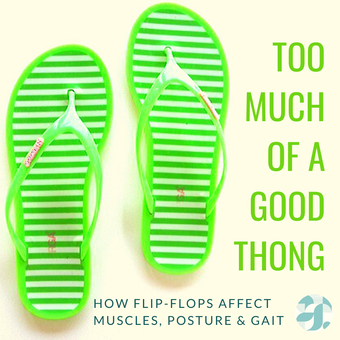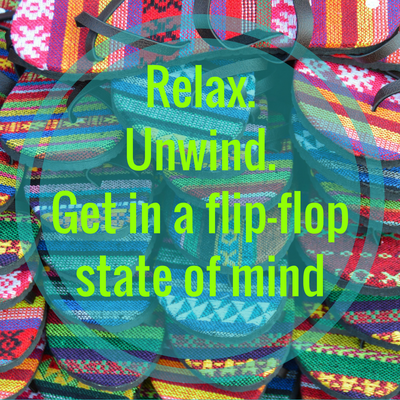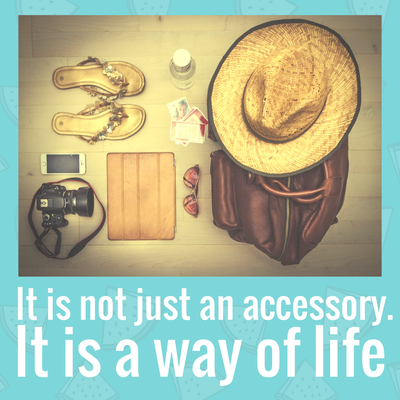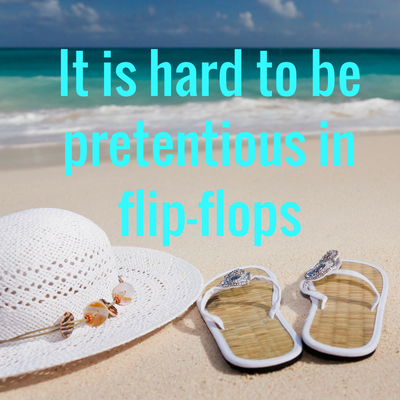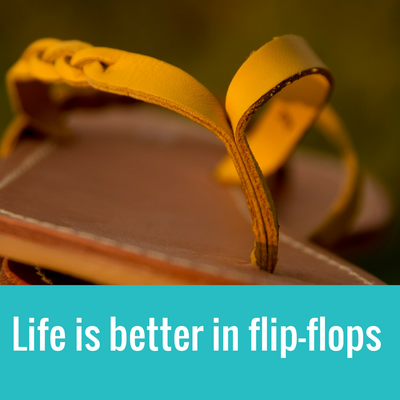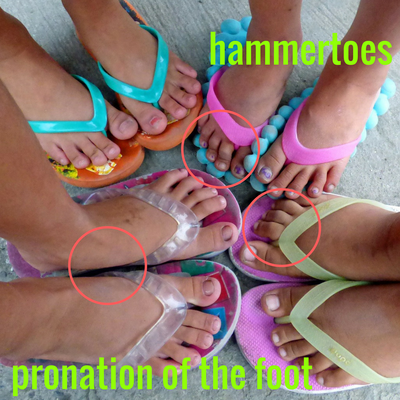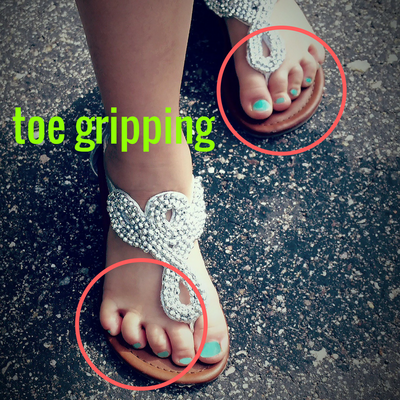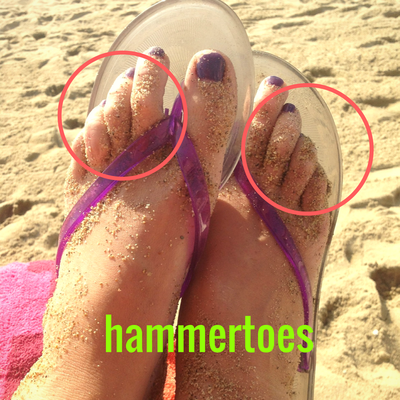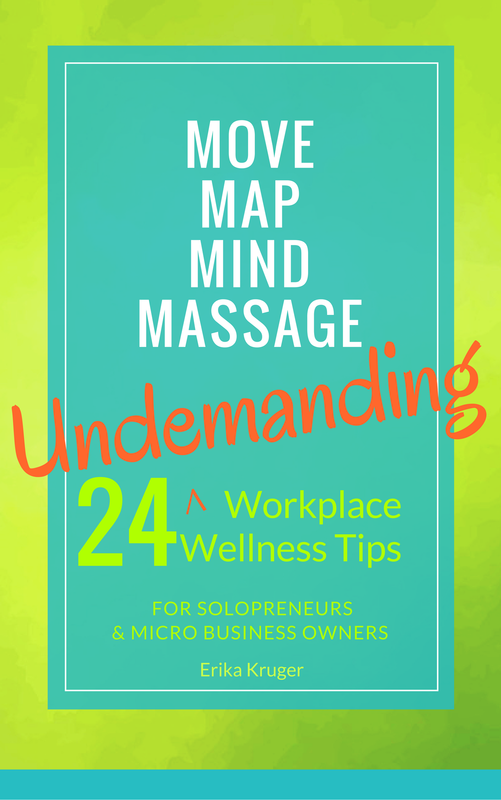|
Flip-flops, thongs, plakkies, slops - synonymous with summer, sun and sea.
But these no-heel-strap sandals have become the daily footwear choice for many for its comfort and convenience. many people spend the entire day in flip-flops even wearing it to work. But that is not the full story. Comfortable and convenient yes, but there is a distinct dark side to wearing flip-flops for long periods. Read here to see what it can do to posture, muscles and walking patterns.
Flip-flops, thongs, plakkies, slops.
Name it what you will, these no-heel-strap sandals are worn all over the world and has been worn throughout history. Wearers of flip-flops adore them for comfort, convenience but also what they stand for – a free, casual and laid-back lifestyle. It feels like you are walking barefoot they say. Or they point out, you can’t be pretentious wearing flip-flops. And life is better in flip-flops.
Health professionals however flip-flop between wanting to walk around in plakkies themselves all day and attributing a host of podiatric problems and postural imbalances on wearing it.
And they worry for good reason it seems. Despite claims that it feels just like walking barefoot, flip-flops might not be a healthy choice after all as several studies have shown. Even in my own massage practice I have noticed that people complain of pain in the feet and in the lower legs more often in the summer months than during winter. When asked if they often wear plakkies, the answer is usually yes. One such study by a doctoral student in biomechanics at the University of Auburn, Alabama, makes for interesting reading. Justin Shroyer investigated the possible link between wearing flip-flops and lower leg and foot pain, by observing 39 college-age female and male volunteers wearing thong-style, flat-soled flip-flops and then regular athletic shoes while walking on a platform that measured the force they exerted when their feet struck the ground. He also filmed them as they walked to study differences in the movements of their hips, legs, knees, ankles, feet and toes. The visual and other data was then digitised and analysed. Shroyer’s concluded that despite the freedom and comfort wearers profess, plakkies do not provide enough stability for the foot and can lead to postural imbalances resulting in back ache.
So how exactly do flip-flops fall short?
NOT ENOUGH SHOCK ABSORPTION Flip-flops provide very little support and shock absorption. As a result, it provides minimal protection against the impact from walking. The lack of cushioning on the feet, over time may affect the back and spine, particularly in the discs, joints and ligaments. LACK OF STABILITY Physiatrist Dr Chritina Lasich explains that a shoe has everything to do with one’s back. She compares shoes to tires – both “provide for your comfort (ride quality), your stability (support), and your posture (alignment). Shoes form the foundation of the body she explains. According to the American Podiatric Medical Association (APMA) however flip-flops do not fit any of these requirements – it doesn’t provide any arch support, heel protection or shock absorption. The problem is that flip-flops “don’t really hold on the foot like most shoes do, so we use the tendons and muscles to hold them on,” says Dr. Greg Cohen, a podiatrist at Long Island College Hospital in Brooklyn, N.Y. Unlike a good shoe that always controls the heel with a strap or a cup, flip-flops offer none of these stabilising forces that provide a solid foundation for the entire limb and spine. The characteristic flip-flop shuffle which Shoyer describes as “an unnatural, toe-gripping, foot-slapping gait”, also causes conditions such as hammertoes, joint pain and tendonitis. He speculates that people wearing plakkies could run a higher risk of muscle and joint pain in the legs as “(t)here’s a larger angle in your ankle in flip-flops, … because people are gripping with their toes so the flip-flop won’t fly off. Wearing flip-flops "... you’ve got this battle going on between muscles on top and on the bottom. - Shoyer
That constant pressure also often adds up to throbbing and tenderness in the toes.
POSTURE The position of the foot affects the position of the ankles, knees, hips and spine, and as a result, the entire kinetic chain of the human body. Starting with the feet, apart from using the toes as claws, flip-flops also cause the foot to pronate. According to Dr. John E. Mancuso, a podiatrist at the Manhattan Podiatry Associates in New York the spongy soles allow the foot, which naturally roles inward as the foot hits the ground, to roll even more than usual. “Each time a foot pounds the ground, the arch is supposed to be locked to absorb shock, he explains. ”But during pronation,the arch opens and releases this locking mechanism, leading to problems such as pain in the heel, the arch, the toes and in the forefoot.” SPINAL CURVATURE ADJUSTMENTS Wearing flip-flops can unnaturally affect the curves of the spine. This leads to uneven wear on the discs, joints and ligaments in the spine, causing problems maintaining balance, discomfort and evne pain. Any existing postural abnormality or biomechanical problem is made worse through the overuse of flip-flops.
GAIT
Shroyer’s study also compared flip-flop wearing against that of athletic shoes. He concludes that there is a distinct change of gait among flip-flop wearers as a result of the strain on the arch, ankle, even the hips and lower back. He found that flip-flop wearers:
The result is more stress on the body because you have to move more to go the same distance as people wearing other kinds of shoes. - Shroyer
As walking is a very repetitive motion, if you walk a lot, those little changes to your posture could increase exponentially.
OTHER EFFECTS Wearing flip-flops may also lead to:
Flip-flops were never meant to be everyday shoes, says Dr. Marybeth Crane, a sports podiatrist and spokeswoman for the American College of Foot and Ankle Surgeons. It is fine for wearing to the beach or around the pool but the massage therapist would be remiss if he/she did not educate their flip-flop wearing patients about the biomechanical problems that might result from overuse.
REFERENCES:
4 Comments
Mary Delay
6/8/2018 02:25:48 pm
I am a massage therapist in NY. We live in a beach community so flip flops are common. I am constantly trying to educate my clients about flip flops and the effects on the body. I have been accused of having a foot fetish! I love this article and I would like to share it on my instagram page if you don't mind!
Reply
Jim
9/26/2021 06:23:26 am
If flip-flops are a “no,” what kind of warm weather shoe is a “yes?”
Reply
https://calgarypodiatry.ca/
4/4/2023 05:04:54 am
Thanks for this information. You can visit this site if you are looking for an expert foot doctor. You can visit this site
Reply
Leave a Reply. |
Erika KrugerI am Erika Kruger, self-care skills trainer & mentor. I am here for every person who realises that their wellbeing is THEIR business. Categories
All
|

